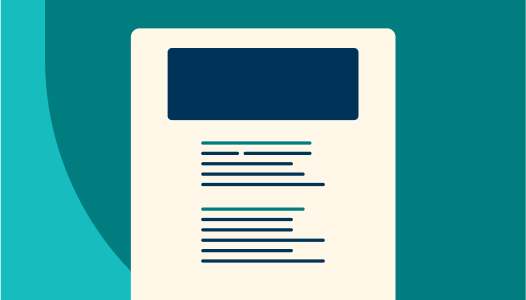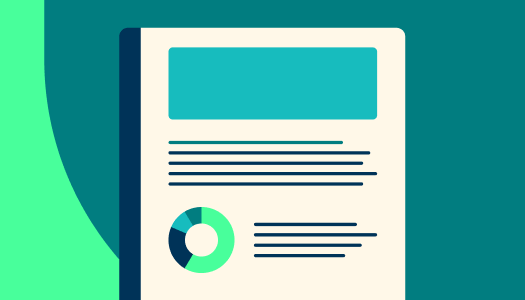3 Ways to Configure a CMMS Dashboard
Creating Value With CMMS Dashboards
Emerging CMMS software application models are making configurations a key value creation point for organizations. In the past, customization was the only way to create specialized layouts, field types and other design requirements. Customization would require alterations to base code, which brought about additional expense, time and expertise – as well as increasing maintenance and support for code modifications. Today, especially when it comes to maintenance management software, organizations can rely on built-in configuration capabilities. One of the many benefits of configuration over customization is that users can configure settings to reflect personalized data arrangements, without adding significant cost, time or technical specialists to the mix.
Messaging in CMMS dashboards can be tailored by site, region, department, and start and end dates. The author and modifier of each message is captured, and the message is time/date stamped for tracking purposes.
The advantages of configuration can be highlighted well within the CMMS dashboard. There, users can visualize goal progress through key performance indicators (KPIs), keep tabs on stats through charts, prioritize outstanding work, receive tailored messages and more.
Here are three major ways to configure a CMMS dashboard and make the most of your CMMS maintenance management software are listed below:
1. Messaging
Mass communication isn’t always the way to go. Basic requirements of different job roles and user locations dictate that different workers will need access to distinct types of messages. Training information that only affects a particular job function, equipment updates, site-specific inspections – these can all be tailored to the pertinent site, location and user type.
By configuring the Messaging area within the dashboard, only relevant users will receive appropriate notices, thereby increasing the likelihood of user attention and absorption.
2. Charts
CMMS dashboard charts give you several types to choose from, such as pie charts, bar charts, stacked bar charts and more.
Charts in a CMMS dashboard help to showcase top areas that require attention, such as overdue work orders (WO) by particular personnel. By choosing among various chart types, you can define and configure visual characteristics while also pinpointing the region, site, status category, WO status, chart assignments (you can see it exclusively or make it available to everyone, for example), and data types and ranges. This level of detail allows users to configure charts in a meaningful way, without complexity.
3. KPIs
What maintenance KPIs (key performance indicators) do you track?
Do you track the percentage of completed preventive maintenance (PM) items each month? Or maybe you like to keep your total parts valuation within a particular monetary range? These points could make up KPIs to keep tabs on goal progression within your CMMS dashboard. Just as with dashboard charts, users are given a number of options to select for display type and labeling, and provided time/user/date stamping. KPIs go a step further by including a variety of filter settings to narrow down the type of data, criticality level, cause code, associated suppliers and more, depending upon the KPI.
Regardless of the options employed, enacting a KPI is one configurable way users can stay on top of goals, as well as align your goals with that of your larger organizational priorities.




